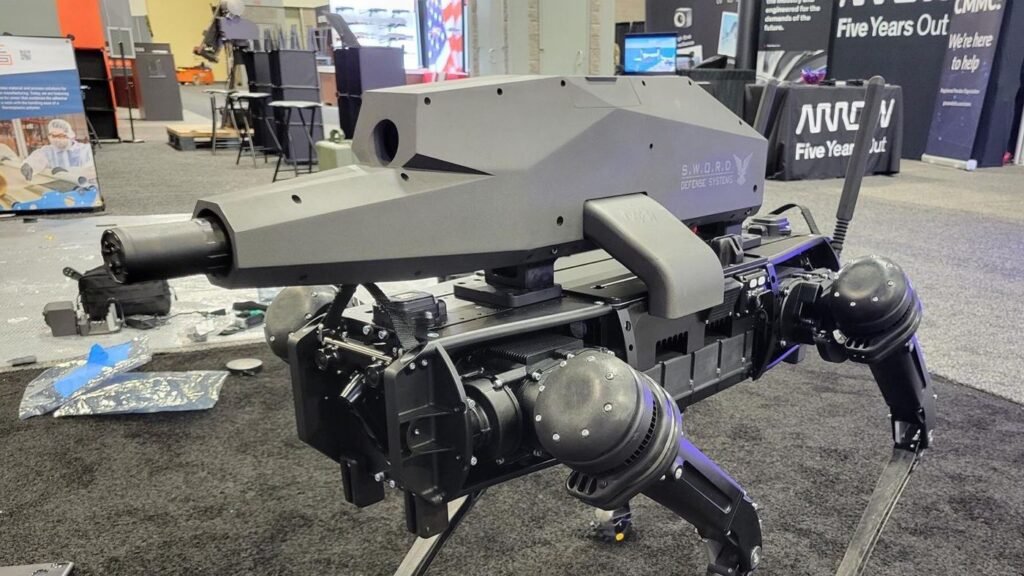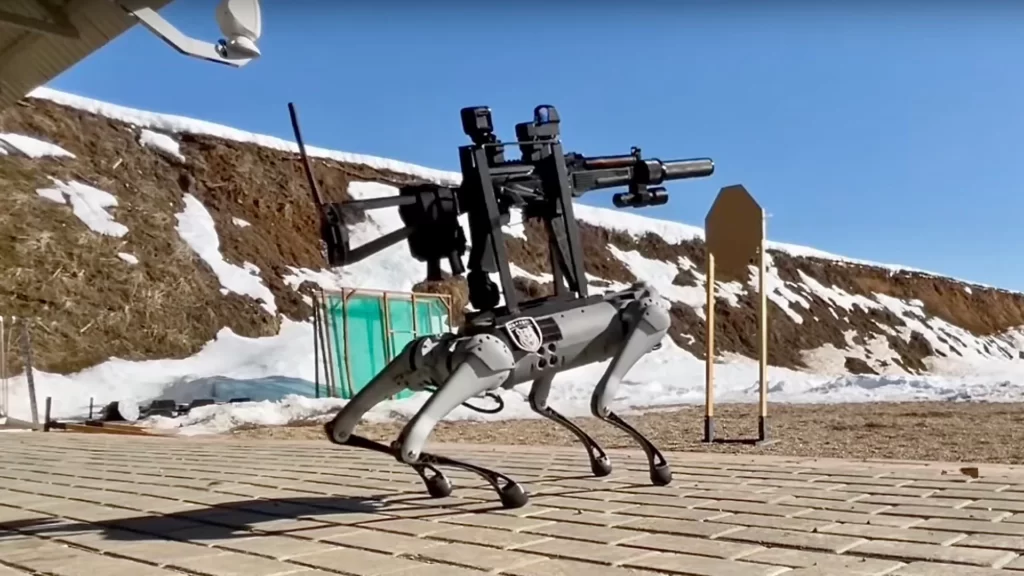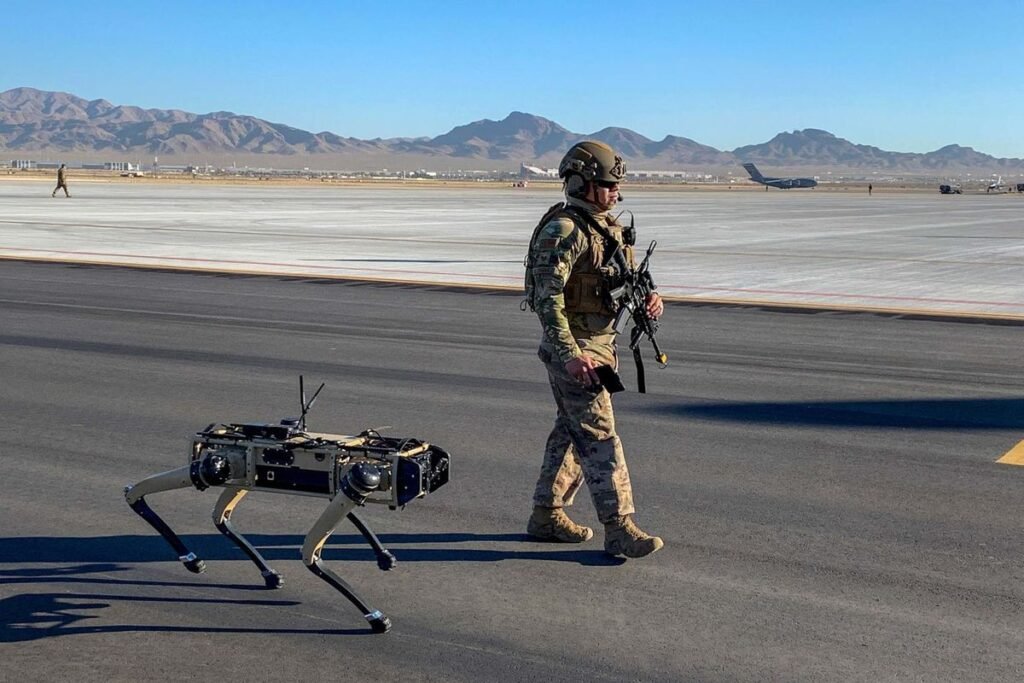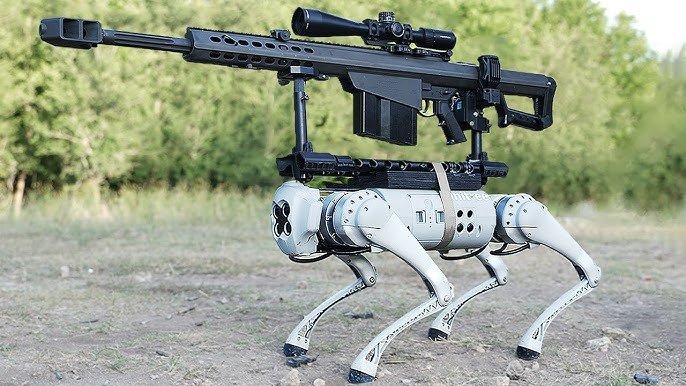In a bold move that seems straight out of a science fiction novel, the United States Army is embarking on a groundbreaking project that will bring the concept of gamification to the battlefield. The plan involves mounting assault rifles and light machine guns (LMGs) on AI-enabled robot dogs, creating a fusion of cutting-edge technology and military strategy.

The Gamification of Warfare
Warfare has seen numerous advancements over the years, from the use of horses in ancient battles to the deployment of drones in modern conflicts. However, the integration of AI and gamification principles into combat is a paradigm shift that promises to redefine the way we perceive and conduct warfare.
The Role of AI-Enabled Robot Dogs

AI-enabled robot dogs are not a new concept; they have been under development for several years. These machines, equipped with advanced sensors, cameras, and machine learning capabilities, are designed to assist soldiers on the battlefield. Their agility, speed, and ability to navigate challenging terrains make them invaluable assets in reconnaissance and support roles.
Mounting Firearms for Tactical Advantage
What sets this initiative apart is the decision to mount lethal firearms on these robotic companions. The US Army envisions AI-enabled robot dogs armed with assault rifles and LMGs, capable of providing cover fire, suppressing enemy positions, and executing precise maneuvers. This approach combines the strategic thinking of human soldiers with the precision and speed of AI.

Gamifying War: The Strategic Advantage
The concept of gamification is at the core of this innovative approach to warfare. By introducing game-like elements, such as objectives, challenges, and rewards, into military operations, the US Army aims to enhance engagement and decision-making among its troops. Soldiers will work alongside these AI-enhanced companions, tackling mission objectives as if they were part of an intricate video game.
The Future of Warfare

While the project is in its early stages and faces numerous technical and ethical challenges, it underscores the military’s commitment to staying at the forefront of technological advancements. Gamifying war not only has the potential to make military operations more efficient but also raises important questions about the ethical implications of autonomous weapons.
Conclusion
The US Army’s plan to mount assault rifles and LMGs on AI-enabled robot dogs marks a significant step toward gamifying war. This fusion of technology and strategy has the potential to revolutionize modern warfare, making it more dynamic and engaging. However, it also opens a dialogue on the ethical considerations surrounding autonomous weapons systems. As this project develops, the world will be watching closely to see how gamification reshapes the future of conflict on the battlefield.




































